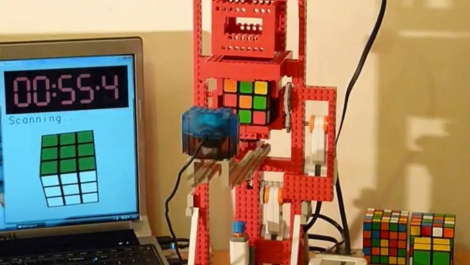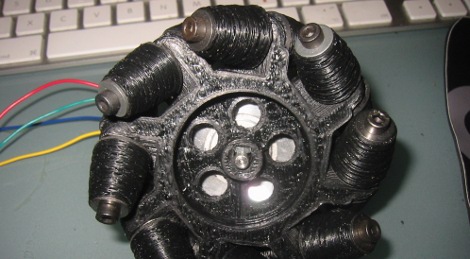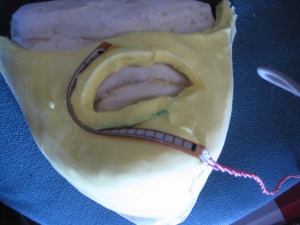
PVC hull, SLA batteries, Bilge Pumps, sounds like a good start to [Jimmy’s] ROV project. Paintball gun (as a BCD), dual live cameras paired with an Arduino making it internet controlled, all tethered with a fiber optic cable, sounds like [Jimmy’s] ROV got a whole lot more astounding.
While some very important parts have yet to be implemented, like the leak detectors, the project looks to be going quite smoothly. With updates promised, we can’t wait to watch this continue until the end.
Related: Yellow Subs and double ROVs














